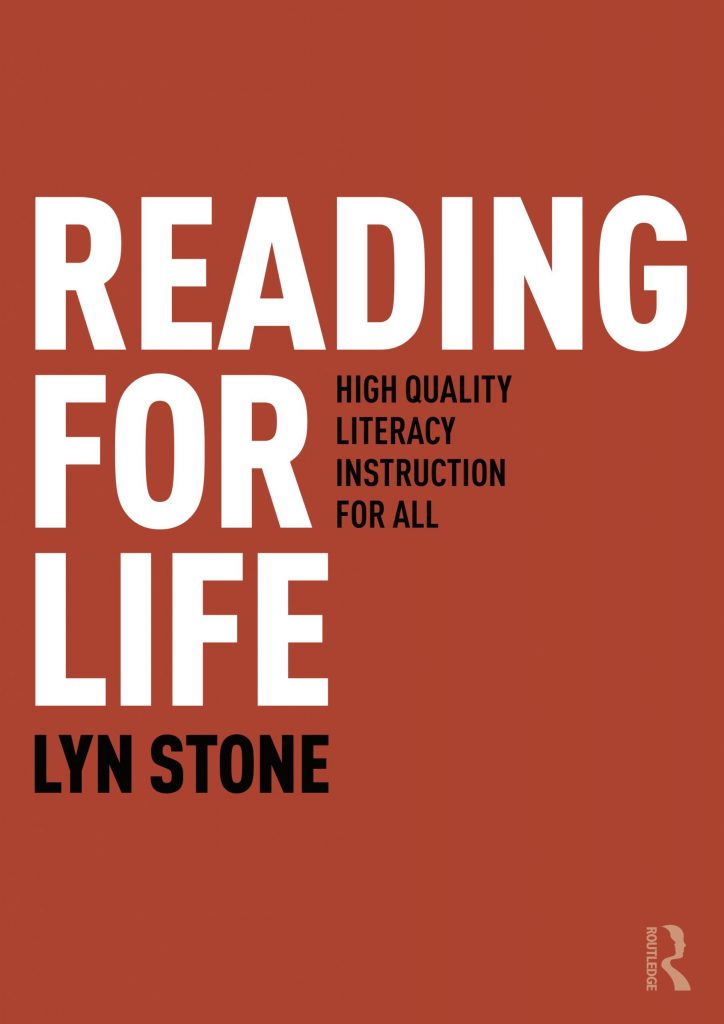
Why is it that so many people can’t read and write? Why are there still so many vastly different methods of teaching literacy? Why do people still argue about it?
Reading for Life examines these three questions, addressing the less evidence-supported ideas about teaching reading and writing which are still alive and well in schools all over the world. This accessible guide bridges the gap between research and practice, translating academic findings into practical suggestions and ready-to-use techniques.
Suitable for:
- Parents
- Teachers
- Literacy professionals
Learn more or enrol in the online Reading for Life course
The Reviews
With the author’s characteristic sharpness and wit, this book pulls together the academic, psychological and ideological threads of the enormous literature on reading instruction, drawing on research, personal experience and a broad sampling of the best that has been thought and said on the matter.
Dr Jennifer Buckingham, Director of FIVE from FIVE reading project
‘Of making many books there is no end’ – that certainly applies to books on the teaching of reading. However, there is always room at the top, which is where this book belongs. Lyn Stone has assembled a highly valuable picture of what it takes learn to read, how best to support struggling readers, and teach reading to best effect. She has also captured the context of the ‘tedious debate’ about teaching reading and, in so-doing, exposed the fake opposites, which have muddied the waters in this territory for far too long.
This is a book that should be read everywhere we require people to read. The tragedy is that anything in this should be contentious or controversial to anyone, given the enormous evidence bases that inform its conclusions, or the precision and care Stone invests in unpacking not just the methodology, but the assumptions and axioms of language transmission. There is a war going on between those who mean well, but promote inefficient methods of reading instruction, and those who also mean well and commit to using the best and most evidenced methods. Stone’s book is a fabulous example of the latter, and it is not only a powerful addition to the oeuvre of evidence informed education, but a readable and accessible one too. Read it twice, then pass it on to someone else.
Tom Bennett, Director of researchED
From the Preface
I’d love to be out of business. I’d love to wake up one day and make the decision to close my doors forever.
I work with children who struggle to read and write. I work with teachers, designing programs and consulting to schools on how to raise standards in reading, writing and spelling. I wish I were redundant.
There was a point in time when my ego had me believe that when a student of mine learned to read, it was somehow the doing of my own brains and personality. What vanity. I don’t have any unique talent. I don’t have a magic touch. It amuses me to think that I could ever have entertained such a tragic notion. I politely disagree with parents who send me kind messages about my “techniques”.
Bringing children to literacy is not a product of my methods. I have some experience, I have some tricks up my sleeve, I’m fairly good at establishing a respectful, productive rapport and I enjoy what I do. But none of this actually teaches my students to read.
What teaches them to read is systematic, structured lessons in the relationship between speech and print and the practice that they do. They really could have received this at school. They really should have received this at school.